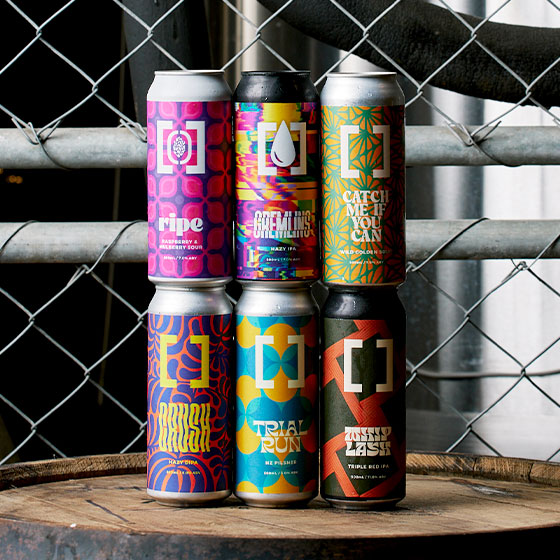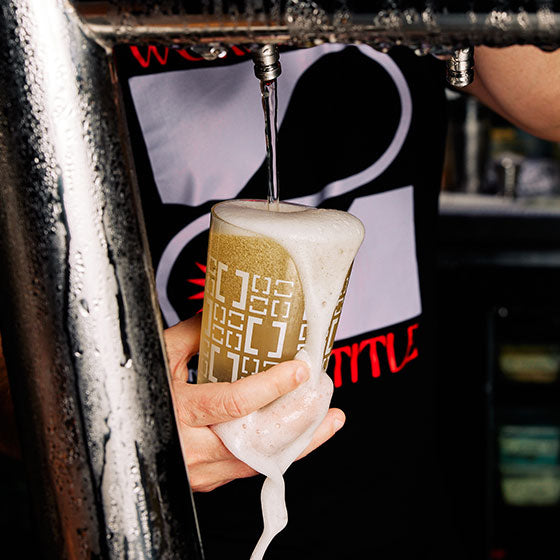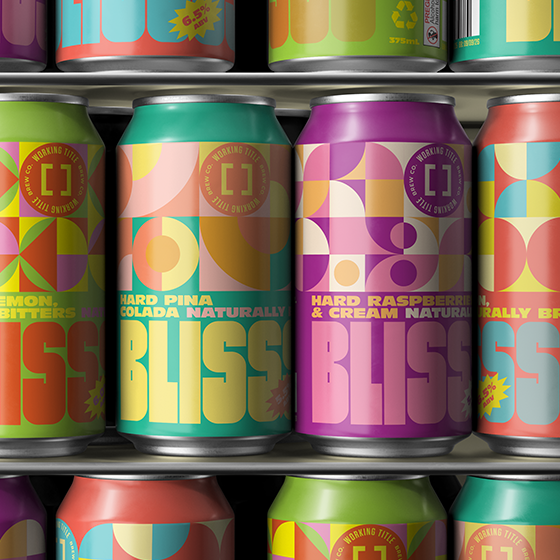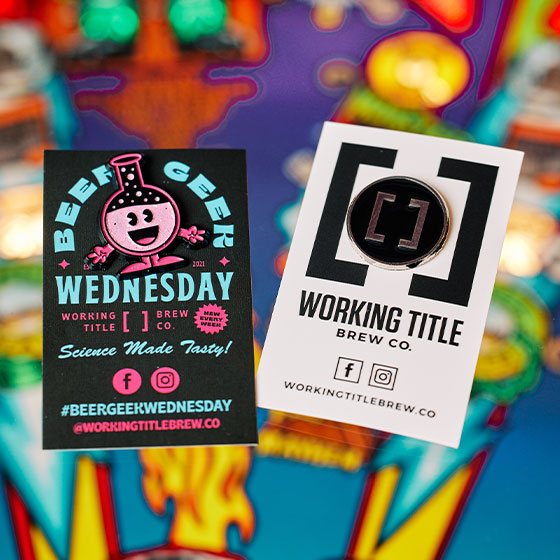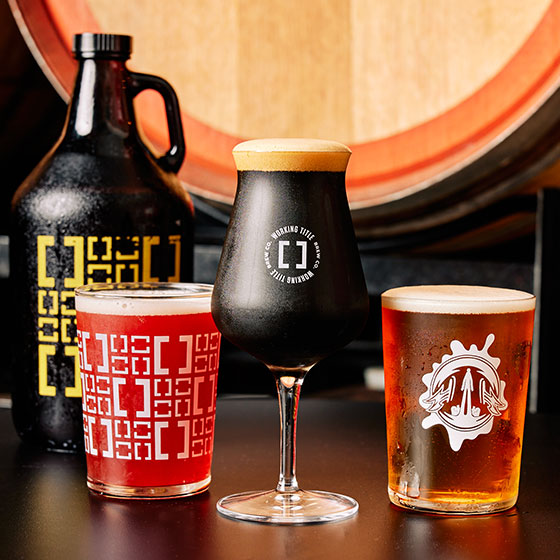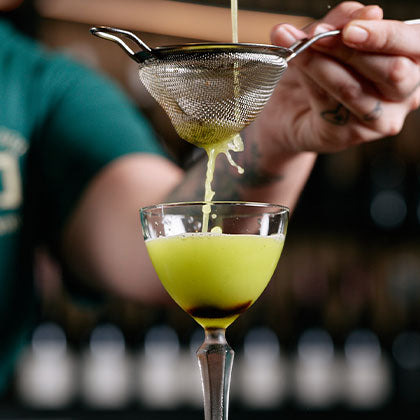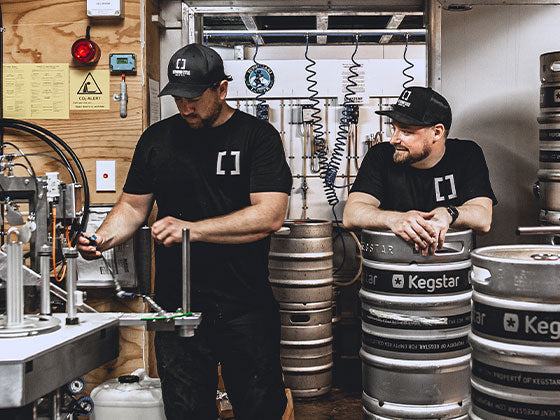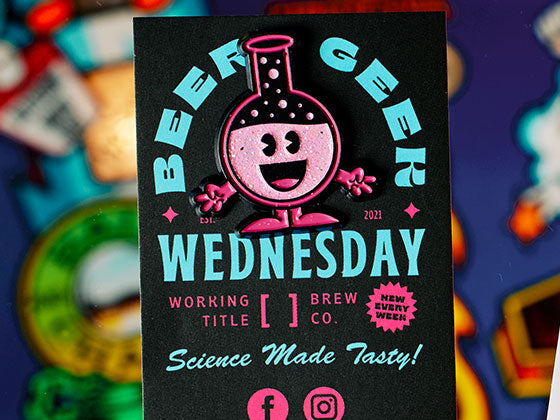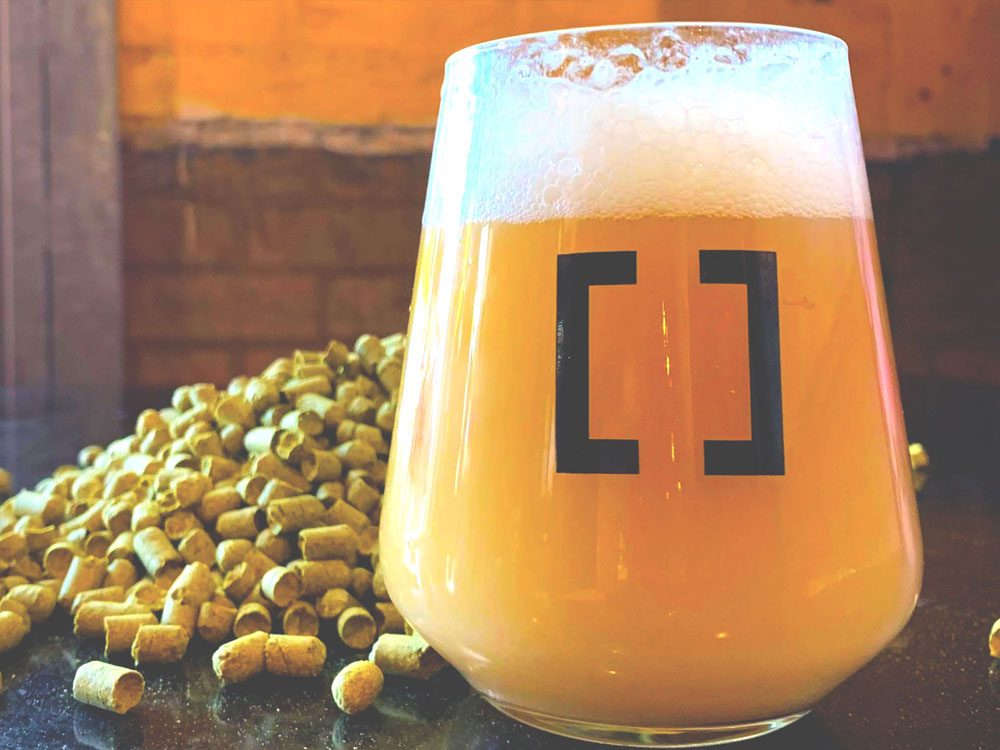Today we’re chatting something ryte up my alley, RYE MALT! A capricious little fella that adds malt complexity, mouthfeel, solid foam and an utterly unique spicey character to any beer. Modern usage of this ancient grain sees it provide the malt framework for the full gambit of styles; from IPAs to Sours.
Like wheat and oats, and unlike barley, rye is husk-less. It is also high in gums, and as the compound suggests, is incredibly sticky when used at high concentrations. Together, these elements of rye make it challenging to use in the brewhouse. Anything over 15% of the grain bill is likely to lead to a “stuck mash” (a topic for another BGW) and a long, sticky Brewday. Brewers often utilise rice hulls to keep such mashes loose and capable of lautering.
In the past, I’ve been lucky enough to brew rye Pale ales, rye IPAs and rye Stouts, but I really wanted to try a straight up, honest, Red rye. Using 12% malted rye from Gladfields, with 3% Cararye and 1% Chocrye from Weyermann, we were able to create the rye complexity I was looking for. Over the top we threw some Simcoe and Waimea; hoping the dankness and fruity character of these hops would accentuate the spicey rye notes.
Brewday was a touch longer than normal, and we definitely had to unstick the mash a couple times. Like a dingus, I chose not to use rice-hulls, believing 16% would be on the money. It was not.
Red Rye, now you know.

